Create visual metaphor
PICTORIAL METAPHORS
?Pictorial metaphors use images of concrete animate or inanimate objects to stand for something else.
“Resemblance” metaphors draw attention to the similarity between two fundamentally different things (Grady 1999).
Feature: unwieldy sluggish inconvient to move with heavy burden

Throat
Back Shoulder Joints

Feature: ugly unpleasing glands like ballon

Throat
Back
Shoulder

Muscle
Feature: heavy huge
Feature: rare (even in the zoo) huge aggressive oppressive


Walk









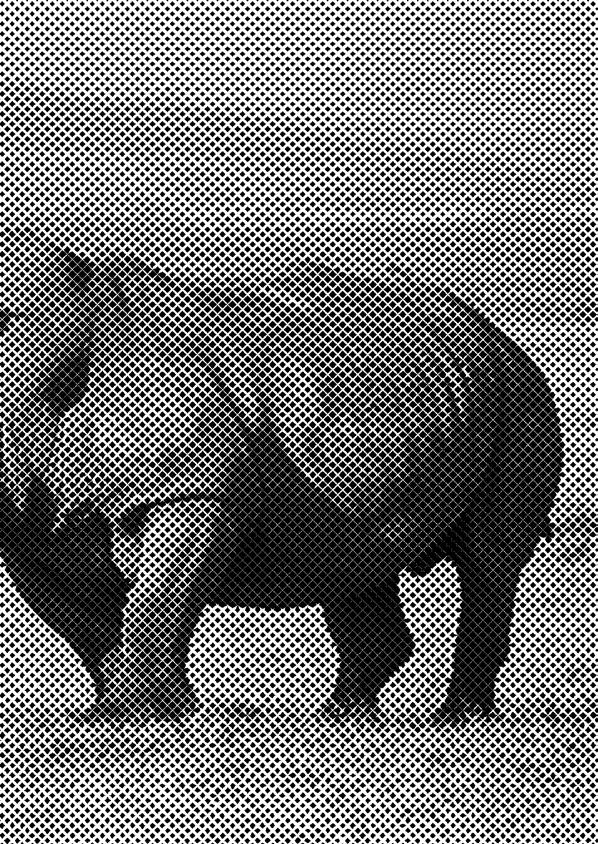



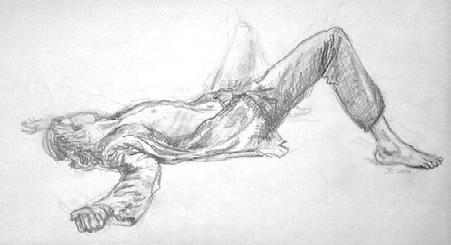

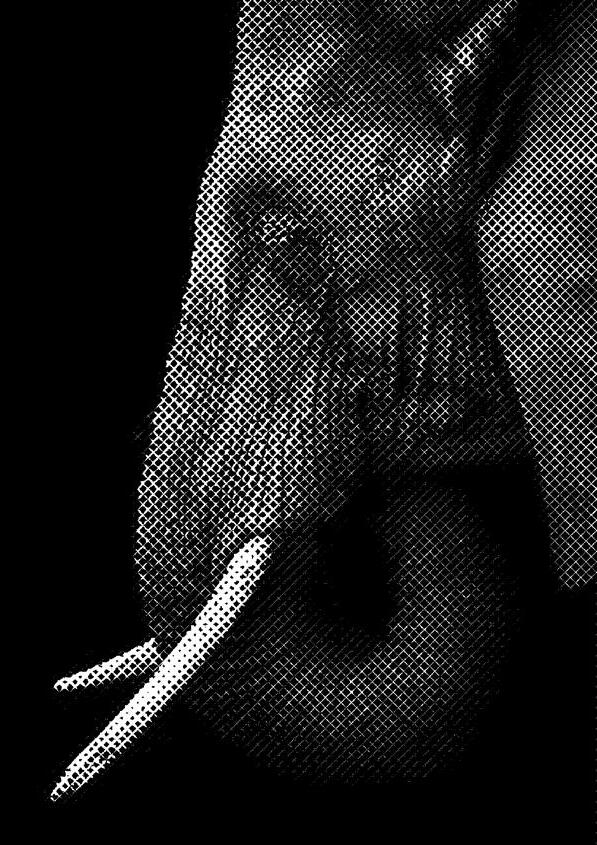
Target entity
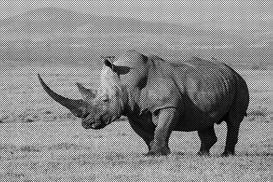
Source entity
Find similar points
Pictorial similes are metaphors in which both the source and target are depicted in their entirety as two separate entities, albeit in a way that highlights their similarity. As Schilperood, Maes, and Ferdinandusse (2009:158) point out, the resemblance can ethier be inherent in the two objects or created through the manner in which they are presented.

SPATIAL METAPHORS
Two levels of space in the comic medium: the space of the storyworld – where human or human-like characters are shown moving around and interacting with each other. And the space of the page or doublepage spread, on which panels, images, and words are arranged in a particular order.
The metaphorical meanings are based on the experience of our own bodies in space and in relation to other people, creatures, and objects. Spatial metaphors work by exploiting correlations between the experience of our bodies in space and more abstract mental states, emotions, and social relations.
Gorogoa is a puzzle video game developed by Jason Roberts and published by
Interactive. Gorogoa has the player manipulate images placed in a two-by-two grid, exploring within each image as well as placing or stacking images relative to others, to solve puzzles. The game is an attempt at an interactive graphic novel.
Gorogoa is also a perfect reference for exploring the flexibility and extensibility of the space of the storyworld, which provide mutiple possibilities for "spatial" metaphors.
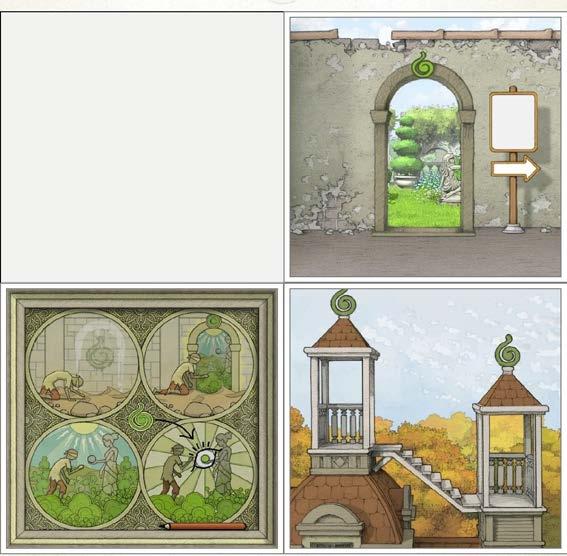 Annapurna
Annapurna








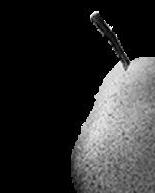










STYLISTIC METAPHORS
Use formal features such as brightness, color, form level of detail, and quality of line, as well as actual or implied material qualities of the page or the whole book, to indicate an abstract concept or a nonvisual sense perception.






The first part uses concrete objects - animals to conduct pictorial metaphors, metaphors of physical pain and mental worries. The aim is to guide participants in establishing the basic cognition towards pictorial metaphors by searching similar points between two domains. And use this as a basement for later visual metaphor creation in graphic narrative.
The second part invites participants to think about the mechanism of spatial metaphors via 1. Exploring the world of panels and the space of the story world.
2. Observing the space distance between two objects/characters and the different space situations of the objects/characters leads to various metaphorical meanings.
The third part will discuss how stylistic metaphors influence people's comprehension and expression of emotion in graphic illness narratives by reconstructing the ways of stylistic metaphors.
